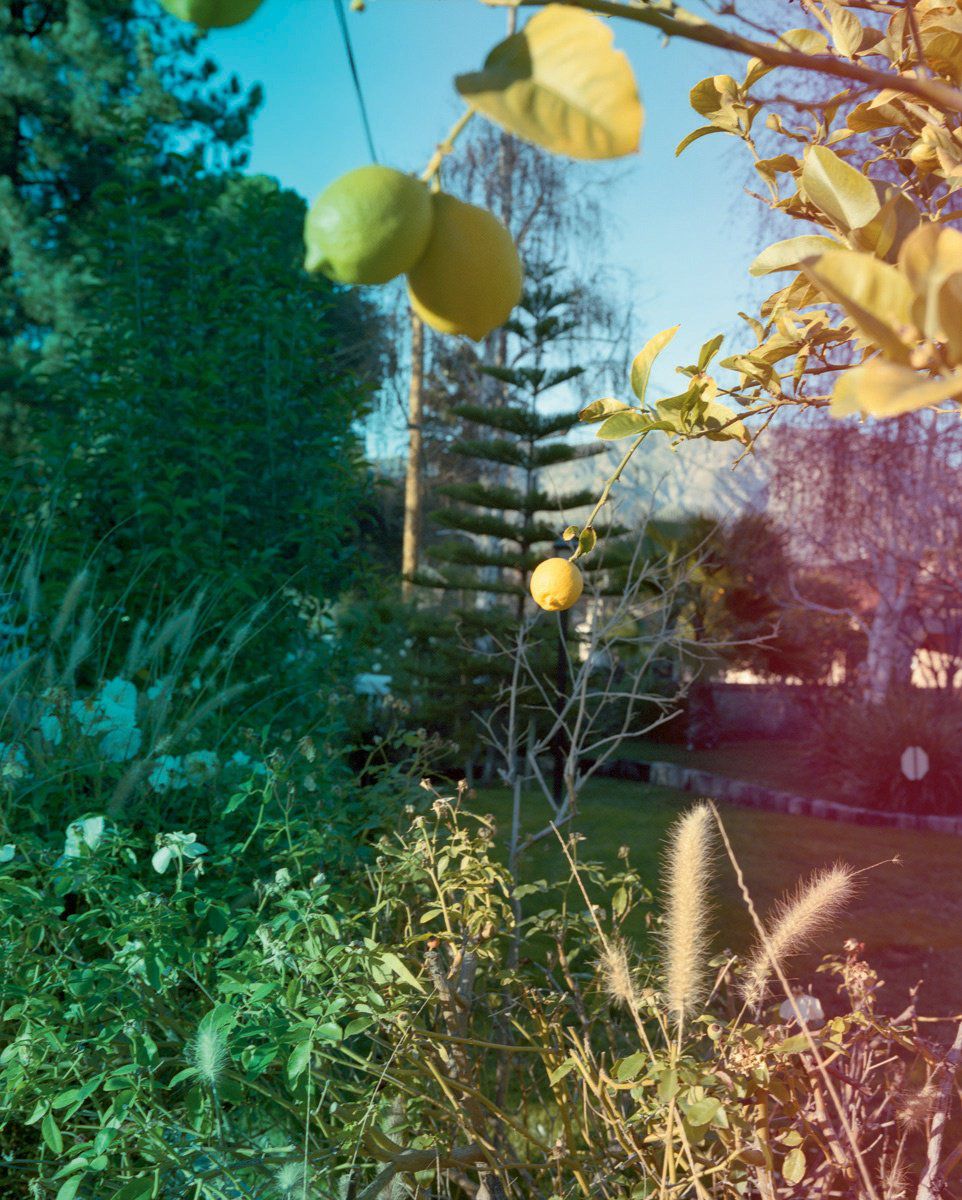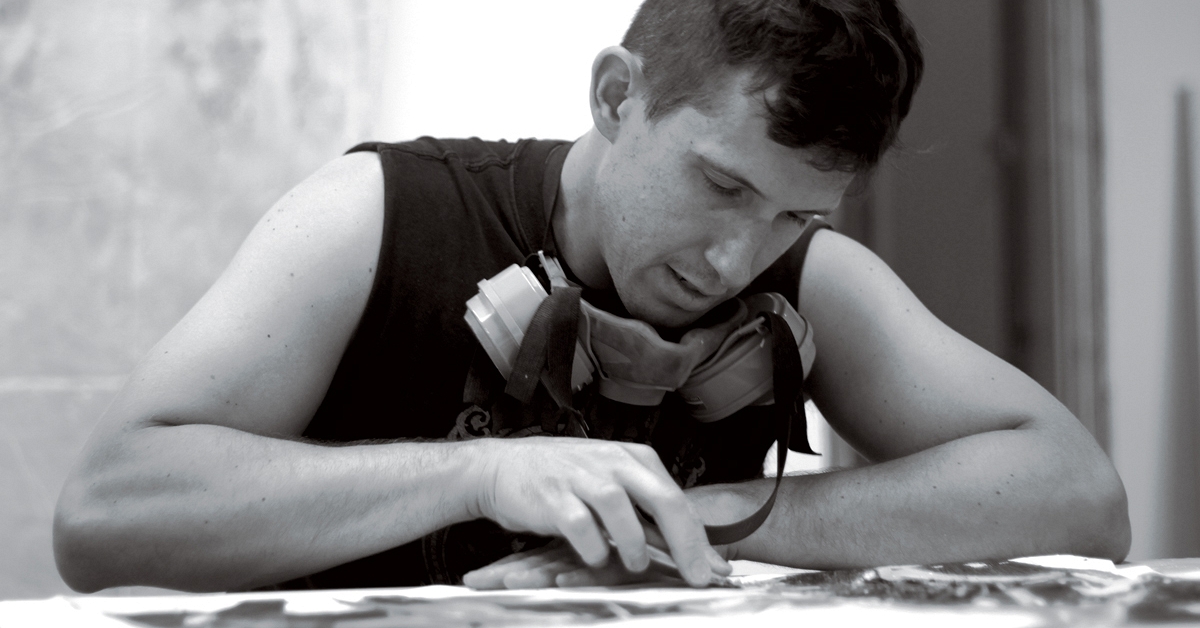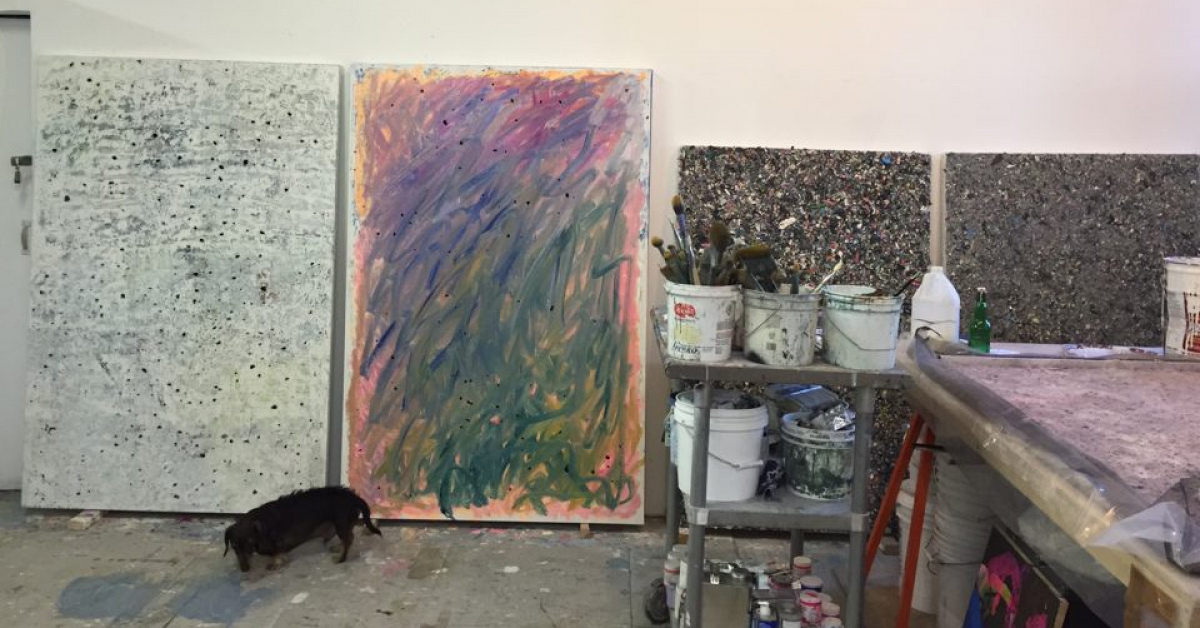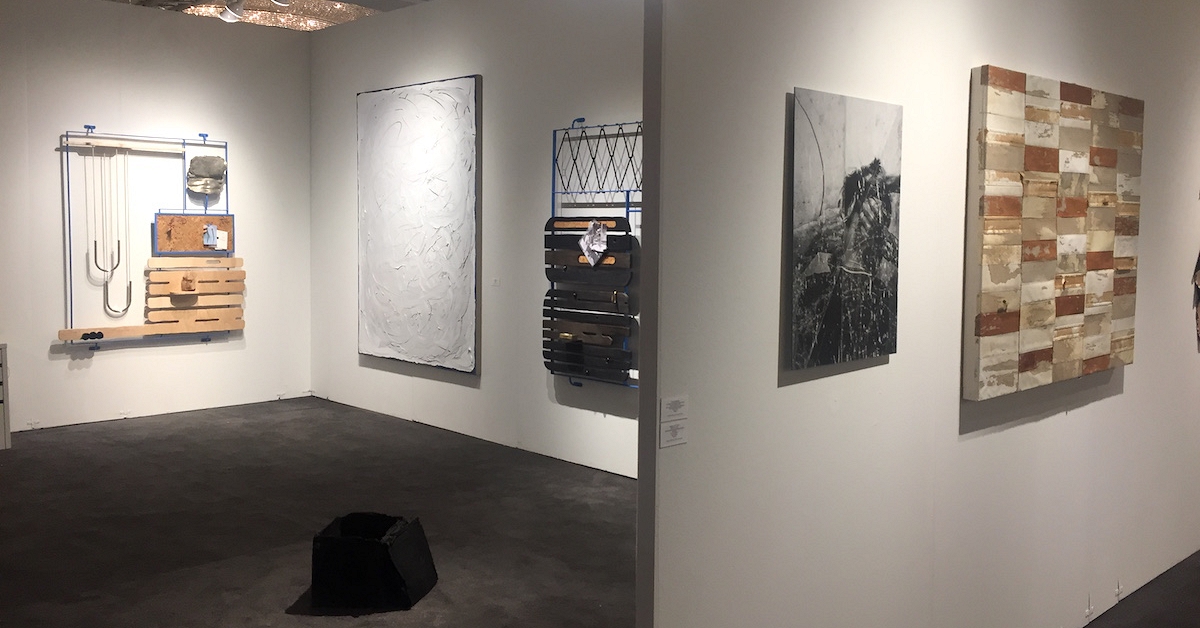Melanie Schiff
Art In America / Feb 7, 2013 / by Kyle MacMillan / Go to Original
Given the tsunami of images that flood us daily, it seems more difficult than ever for photographers to develop a point of view that is fresh and startling enough to stand out. Yet Melanie Schiff, a Chicago native who moved to California in 2008, has managed to do just that—not in any kind of revolutionary fashion but in a quietly mysterious, subtly subversive way. She is riding a wave of attention that gained momentum after her inclusion in the 2008 Whitney BienÂnial, and it has not yet crested.

A dozen of Schiff’s 2012 images—all inkjet prints from 120mm film—were featured in her third solo exhibition at the gallery. Differences from some of her earlier work were immeÂdiately visible, none more obvious than the change of setting. Most of these land- and streetscapes (all without people, unlike many of her previous works) were taken in or near her home in Sunland, a community in the far northeast corner of Los AngeÂles. Nowhere is this L.A. milieu more vivid than in Towers, a disorienting, upswept image shot at the base of a tall hedgerow. Jutting up behind is a clump of cypress trees that suggest the Watts Towers, likely the source of the work’s title. They are set against and slightly shrouded by the ghostly, smog-filled sky so common in this city.
To help shape her slightly off-beat esthetic, Schiff seeks out unlikely, unexpected subject matter, giving us glimpses of little worlds most of us wouldn’t even know exist in L.A. The compelling Clay Birds, for example, depicts a shooting range, with shell casings littering the foreground and the fragments of the clay targets giving the hillside in the distance a strange, allurÂing reddish hue. At the same time, Schiff puts her distinctive stamp on some familiar approaches that other photographers of the last several years have used to break with tradition. These include nuanced manipulations and even the creation of what in the past might have been deemed a “bad” photograph. In Lemon Tree, she capitalizes on a light leak in the camera to creÂate saturated, translucent streaks of color that gently stain this image of dense backyard flora, while Pale Queen is an off-level, deliberately washed-out image of spindly roses that are hardly photogenic in any conventional sense.
Despite the strength of many of the individual images, the show had its weaknesses, starting with the intermingling of mostly color images with a few scattered black-and-white photos. Not only did this result in some jarring juxtapositions, it also made Schiff’s choices feel arbitrary. In addition, three phoÂtographs of houses and structures in parks suggest a different direction in her work, perhaps toward installation art, but not enough to get a full sense of that turn. The uneasy mix of these photographs with the atmospheric landscapes undermined the coherence of the show. Those concerns aside, it’s hard to deny the oddly compelling originality of Schiff’s photographic vision.

A dozen of Schiff’s 2012 images—all inkjet prints from 120mm film—were featured in her third solo exhibition at the gallery. Differences from some of her earlier work were immeÂdiately visible, none more obvious than the change of setting. Most of these land- and streetscapes (all without people, unlike many of her previous works) were taken in or near her home in Sunland, a community in the far northeast corner of Los AngeÂles. Nowhere is this L.A. milieu more vivid than in Towers, a disorienting, upswept image shot at the base of a tall hedgerow. Jutting up behind is a clump of cypress trees that suggest the Watts Towers, likely the source of the work’s title. They are set against and slightly shrouded by the ghostly, smog-filled sky so common in this city.
To help shape her slightly off-beat esthetic, Schiff seeks out unlikely, unexpected subject matter, giving us glimpses of little worlds most of us wouldn’t even know exist in L.A. The compelling Clay Birds, for example, depicts a shooting range, with shell casings littering the foreground and the fragments of the clay targets giving the hillside in the distance a strange, allurÂing reddish hue. At the same time, Schiff puts her distinctive stamp on some familiar approaches that other photographers of the last several years have used to break with tradition. These include nuanced manipulations and even the creation of what in the past might have been deemed a “bad” photograph. In Lemon Tree, she capitalizes on a light leak in the camera to creÂate saturated, translucent streaks of color that gently stain this image of dense backyard flora, while Pale Queen is an off-level, deliberately washed-out image of spindly roses that are hardly photogenic in any conventional sense.
Despite the strength of many of the individual images, the show had its weaknesses, starting with the intermingling of mostly color images with a few scattered black-and-white photos. Not only did this result in some jarring juxtapositions, it also made Schiff’s choices feel arbitrary. In addition, three phoÂtographs of houses and structures in parks suggest a different direction in her work, perhaps toward installation art, but not enough to get a full sense of that turn. The uneasy mix of these photographs with the atmospheric landscapes undermined the coherence of the show. Those concerns aside, it’s hard to deny the oddly compelling originality of Schiff’s photographic vision.






